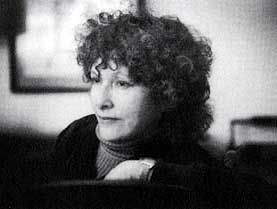Our world is constant and ever changing. There are new leaps in technology and science every single day. This video, created by Michel Wesch, Assistant Professor of Cultural Anthropology at Kansas State University, is a prime example of that change. It demonstrates how stagnant paper and pencil writing is, and how fluid and malleable the web and technology have become.
This video is an example of how far humans have come in terms of communication and suggests where we might be headed in the future. It shows sharp contrast between how we have communicated in the past, the pencil writing, and not only how we communicate now, but also how we will continue evolve communication in the future. It suggests that because of all of the evolutions in technology we must rethink copyrights, authorship, ethics, identity, and ourselves.
The video begins slowly, showing simple writing with pencil and paper, and then typing and erasing, copying and pasting, and then turns into a flurry of activity as it begins to show html coding, hyper linking, websites, blogs, video, and all of the hundreds of ways we have taught computers to help us communicate with one another. While there is no way to understand all of the information shown in the video, there is a very definite purpose to that decision. The purpose is to visually explain to the viewer that although they use most of these types of communication every day, they actually understand very little about how all of it works.
The creator’s use of logos throughout the video is very effective. Not only does the video introduce many different ideas and suggestions about technology, it demonstrates the argument in real time. Reason and rationality are used throughout the video to support each claim made as well as examples provided for each different idea.
My reaction to the video was that it was an excellent example of a medium addressing another medium. It is a video about Web 2.0 using Web 2.0. I felt that gave it great credibility, as the video is the suggested answer to the arguments that it itself presents. I think this video really makes you stop and think about all of the ways that we use technology and communication. It is easy to jump on to your Facebook page, check your Twitter account, update your blog, and watch a video on YouTube without thinking about all that has gone into making them, how they were developed or considering how they have changed our world. This video really made me think not only about how we use technology, but how it has affected our society. Our world is ever changing, and because of leaps in technology, such as Web 2.0, we must rethink ourselves.
